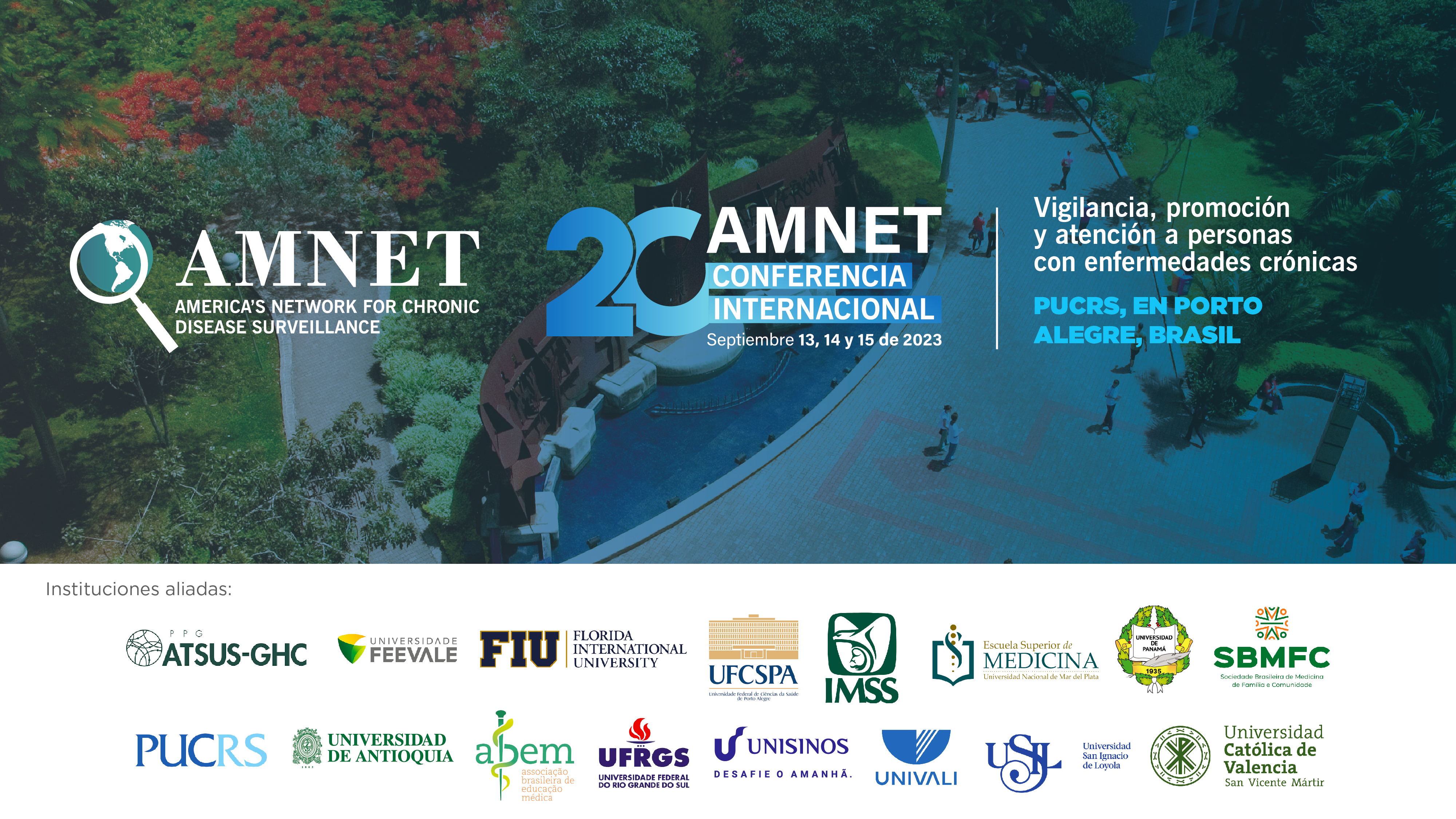Start Date
15-9-2022 4:00 PM
End Date
15-9-2022 5:00 PM
Description
Post Polio Syndrome (PPS) is a sequelae of poliovirus infection that causes weakness in previously infected polio patients. The diagnosis is one of exclusion and includes the following: 1) a prior episode of poliomyelitis with residual motor neuron loss, 2) a period of at least 15 years or more after the acute onset of polio with neurologic and functional stability, and 3) a gradual onset of new weakness and abnormal muscle fatigability that has persisted for at least one year. While the exact etiology is unknown, the prevalence of PPS has increased as patient’s who have previously survived polio are getting older [6]. In this report, we will examine a patient coming to his primary care provider for evaluation of worsening weakness over the past 3 years and discuss general characteristics, general evaluation and potential treatment plans. The goal of this paper is to shine a light on the need for further research and investigation in a growing patient population.
DOI
10.25148/aci.2022.010173
Included in
Musculoskeletal Diseases Commons, Nervous System Diseases Commons, Virus Diseases Commons
Post Polio Syndrome: A Case Report
Post Polio Syndrome (PPS) is a sequelae of poliovirus infection that causes weakness in previously infected polio patients. The diagnosis is one of exclusion and includes the following: 1) a prior episode of poliomyelitis with residual motor neuron loss, 2) a period of at least 15 years or more after the acute onset of polio with neurologic and functional stability, and 3) a gradual onset of new weakness and abnormal muscle fatigability that has persisted for at least one year. While the exact etiology is unknown, the prevalence of PPS has increased as patient’s who have previously survived polio are getting older [6]. In this report, we will examine a patient coming to his primary care provider for evaluation of worsening weakness over the past 3 years and discuss general characteristics, general evaluation and potential treatment plans. The goal of this paper is to shine a light on the need for further research and investigation in a growing patient population.


